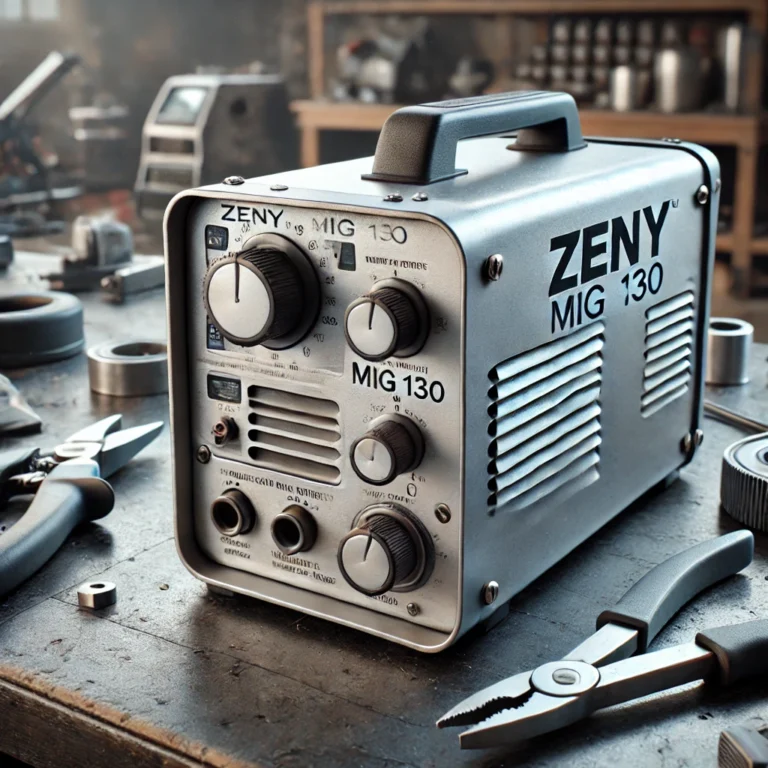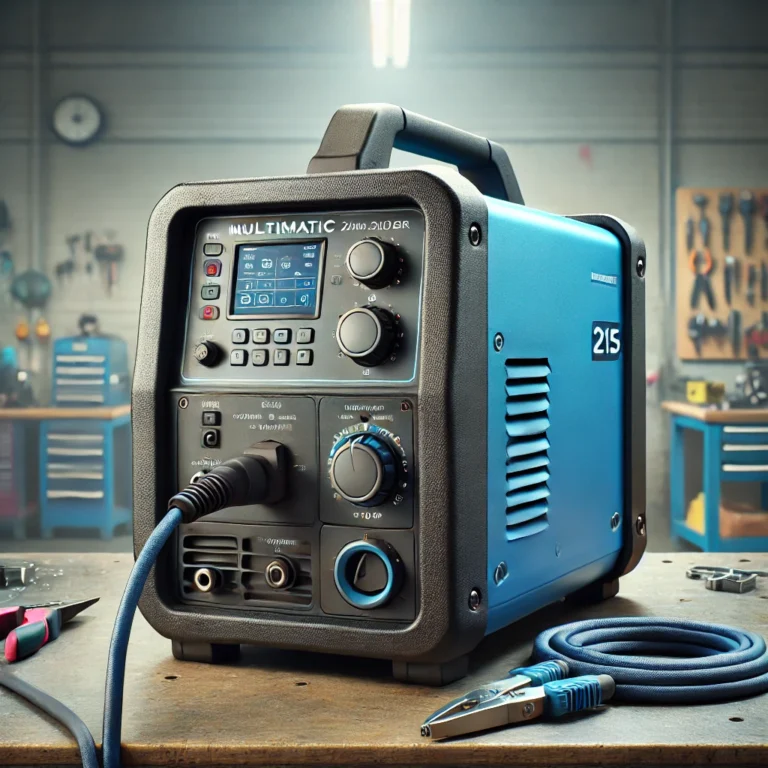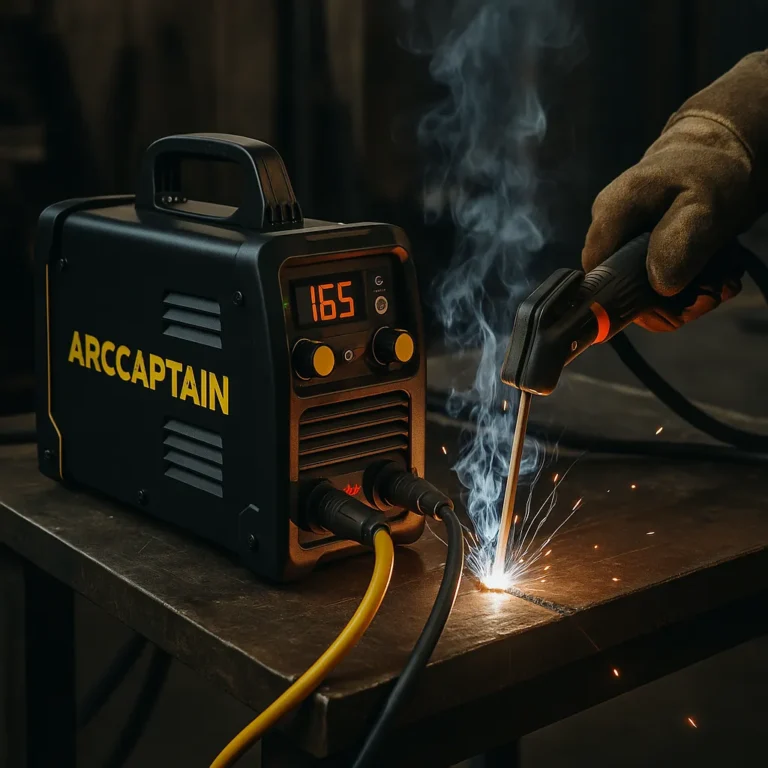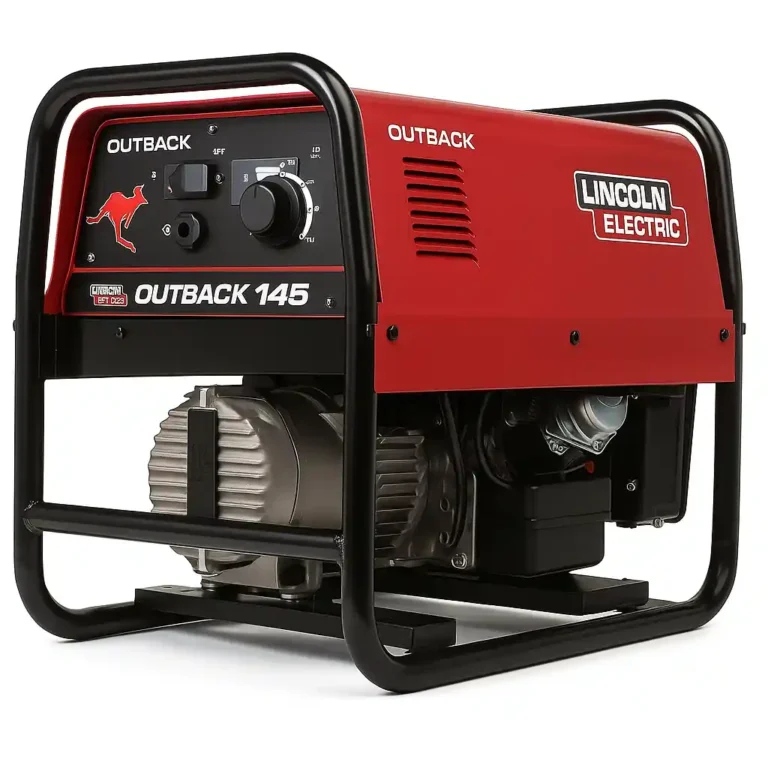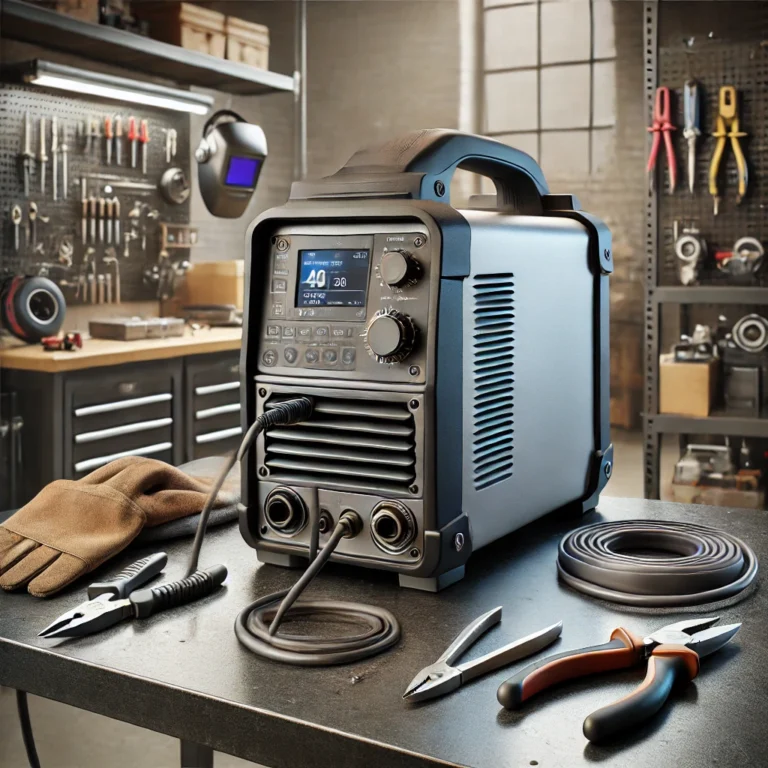Hobart 190 or 210: Which One Offers the Best Value?

Disclosure: This post contains affiliate links. As an Amazon Associate, I earn from qualifying purchases—at no extra cost to you.
Choosing between the Hobart 190 and the Hobart 210 can be challenging, especially when both are powerful MIG welders with solid reputations. Whether you’re a seasoned welder or just starting out, understanding the key differences will help you make the right choice for your needs.
Hobart 190 Overview
The Hobart 190 is a dependable welder designed for light to medium-duty welding tasks. It offers a straightforward setup and is ideal for working with mild steel, stainless steel, and aluminum.
Key Features:
- Output Range: 25 – 190 Amps
- Input Power: 230V
- Wire Feed Speed Control: Adjustable for smooth and consistent welding
- Spool Gun Ready: Ideal for aluminum welding
- Recommended Usage: Great for auto body repairs, household projects, and farm equipment maintenance
Pros:
- Easy to use for beginners
- Reliable performance with clean welds
- Affordable compared to higher-end models
Cons:
- Limited voltage flexibility
- Not ideal for heavy industrial work
Hobart 210 Overview
The Hobart 210 MVP offers greater versatility with its Multi-Voltage Plug (MVP), allowing you to switch between 115V and 230V power sources. This flexibility makes it an excellent choice for both home and professional use.
Key Features:
- Output Range: 25 – 210 Amps
- Input Power: 115V / 230V (MVP Technology)
- Welds Up to: 3/8” mild steel in a single pass
- Portability: Compact design with convenient carrying handles
- Recommended Usage: Perfect for auto repair shops, fabrication work, and ranch projects
Pros:
- Dual voltage capability for maximum flexibility
- Greater amperage range for thicker materials
- Enhanced portability for on-the-go welding
Cons:
- Higher cost compared to the Hobart 190
- Slightly steeper learning curve for beginners
Key Differences: Hobart 190 vs. 210
Both welders offer exceptional performance, but here’s a breakdown of their standout differences:
- Voltage Flexibility: The Hobart 210’s MVP system offers more versatility with its ability to run on both 115V and 230V, making it a better choice for those who need mobility or work in different locations.
- Welding Power: The Hobart 210 has a higher amperage range, making it more suitable for thicker metals and heavier-duty projects.
- Price Point: The Hobart 190 is more budget-friendly, ideal for occasional or entry-level welders.
Which One Should You Choose?
- Choose the Hobart 190 if you need a budget-friendly, reliable welder for light to medium-duty welding tasks. It’s perfect for small-scale repairs, hobby projects, and home improvement jobs.
- Choose the Hobart 210 if you need greater power, voltage flexibility, and portability for professional or demanding welding tasks.
Conclusion
Both the Hobart 190 and Hobart 210 are excellent choices, each catering to specific needs. If your focus is on affordability and simplicity, the Hobart 190 is ideal. For welders requiring versatility, higher output, and portability, the Hobart 210 is the way to go.
Related Articles You Might Find Helpful
If you’re interested in expanding your welding knowledge, check out these posts:

